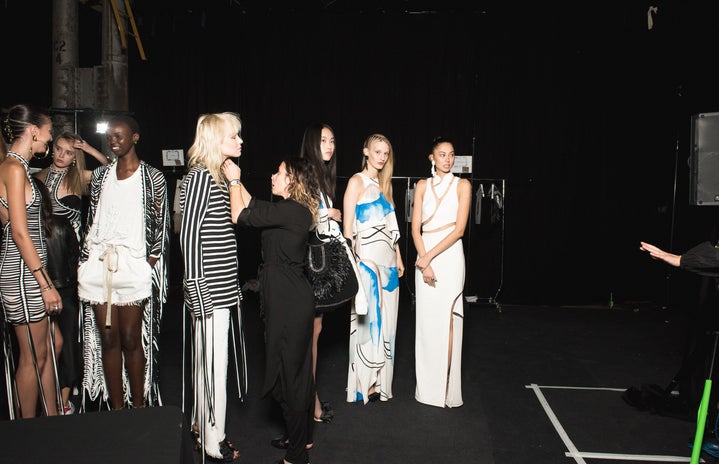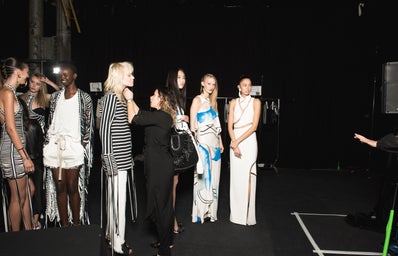Fashion is often portrayed as a glamorous structure; upheld by the means of models, notable designer logos and the representation of products created from opulent materials.
However, what’s often forgotten is that beneath every structure is a foundation. A foundation is a necessity to ensure a structure will remain standing for a great period of time.
The foundation to fashion, which sustains the several pillars of its alluring structure, may come as a surprise to some. Fashion is nurtured through its foundation of data.
Data in the fashion industry is not a secret or a recently devised addition to improve its progress. Quantitative information has been the main concept the industry has centered its being on for quite some time.
Knowledge of fashion data has become more prevalent because of social media. Aiding in the creation of sharing this data in a way that will engage an audience.
As a lover of fashion myself, I knew of data in fashion, but did not understand its true significance until stumbling upon an Instagram account known as @databutmakeitfashion.
Created by Madé Lapuerta in 2019, Lapuerta combines her “computer science major and interest in fashion,” to inform the public on current fashion analytics in a relatable aspect.
In an interview with Vogue Magazine, Lapuerta shared her motivation behind why she began “applying formulas to fashion.”
“‘Putting quantifiable meaning behind trends has made the world of fashion feel more approachable for me.’”
Madé Lapuerta for Vogue Magazine
Through her love of coding, analyzing and the willingness to abstract significant details from runway collections, Lapuerta is able to extract trends and changes throughout the fashion seasons.
She is only one of the several individuals who utilize their intelligence to seek out what is withholding the complex fashion scene.
Throughout the layers of the industry, data analytics is used as a guide, paving a direction that conglomerates, brands and designers should strut down for success.
According to Certilgo, “data allows [fashion brands] to identify what works and what doesn’t, [allowing them to] make predictions and better decisions.”
Often, the misconception with data is that its sole purpose is to inform brands on the types of styles/aesthetics that are currently trending. While that does serve its purpose, these coded formulas are produced with the intention of filling in the gaps to all areas of fashion.
Data identifies competition, revealing the steps directors must take to enhance their brand against leading competitors. LVMH, the world leading conglomerate in luxury products, emphasized their expansion with the use of data.
Fashion United explained that the LVMH, “global strategy [is] to accelerate the contributions of data to its businesses as a key lever to drive development.”
Data identifies the economic state of the world and the impact inflation has upon the sales growth of the industry. Highlighting ways that brands should alter prices, with the cognitive intention to prevent sale decrease.
Data also identifies sustainability, which recently has produced commotion within the industry. Due to a larger percentage of society, speaking out on the importance of curating products that equate quality for both the buyer and our planet.
The power of data analytics is arguably fashion’s greatest fueling component. This regal industry thrives off a source of algorithmic application, which encompasses its triumphs.
In the absence of data, fashion would lack the mastery to connect with the individuals who bring the industry into full fruition.
Those individuals are us. We buy the clothes that pique our interest, view the runway collections each season and stare at the products online that we dream of someday owning.
Fashion is more than pretty dresses or dazzling shoes and data is more than a set of numbers laid out to spawn perplexity.
Together, fashion and data are a team: the driving force behind generating the lucrative fashion industry.


